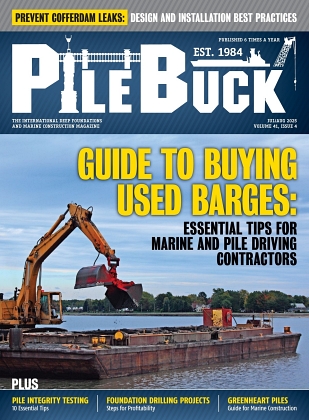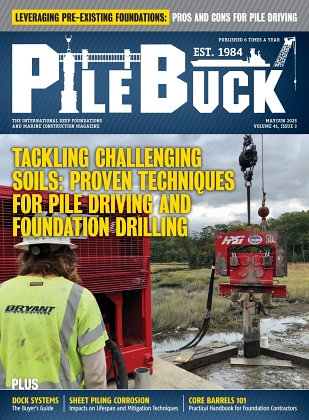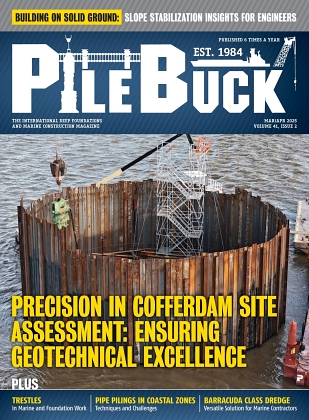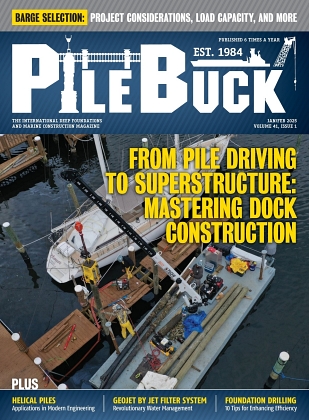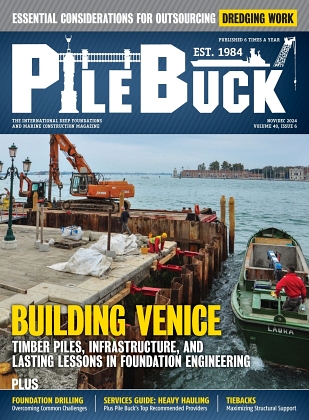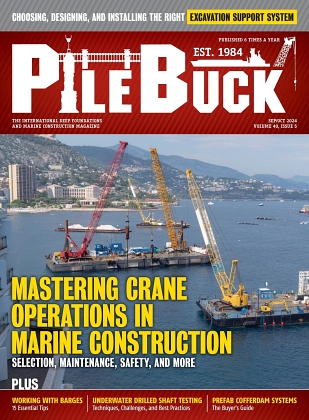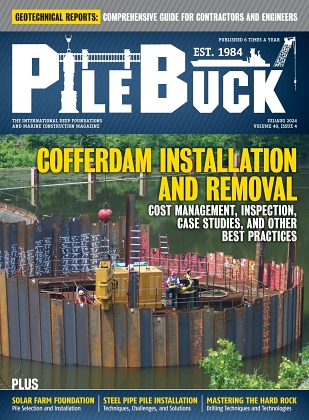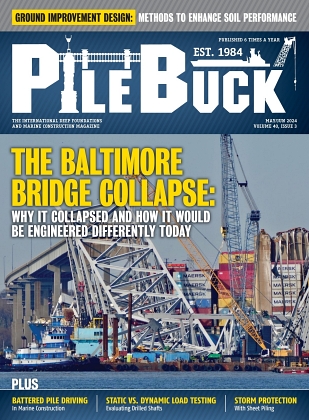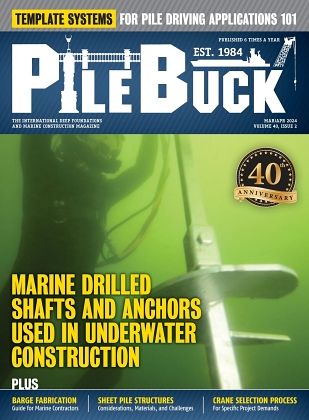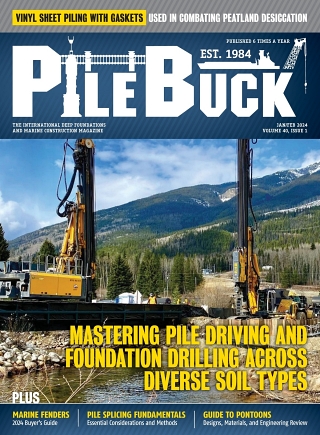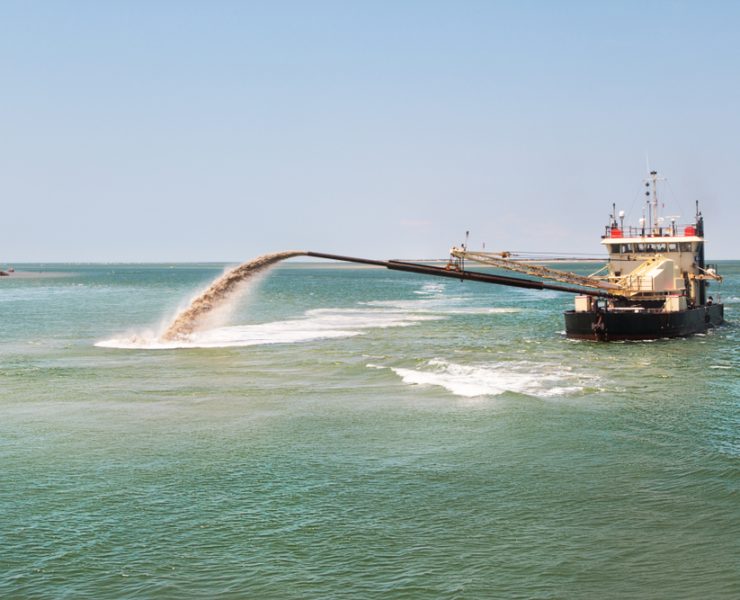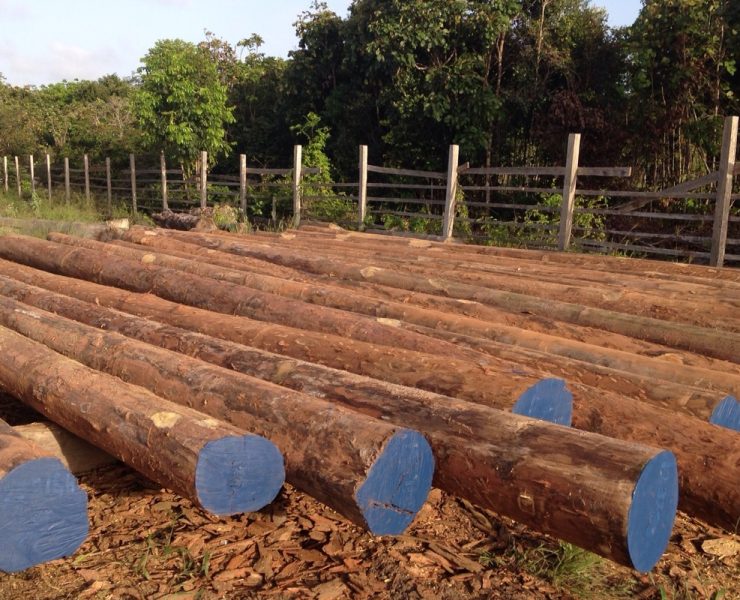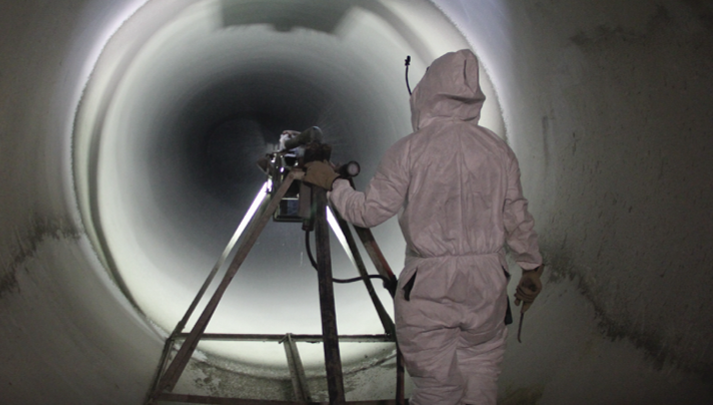River And Channel Dredging For Infrastructure And Piling Projects
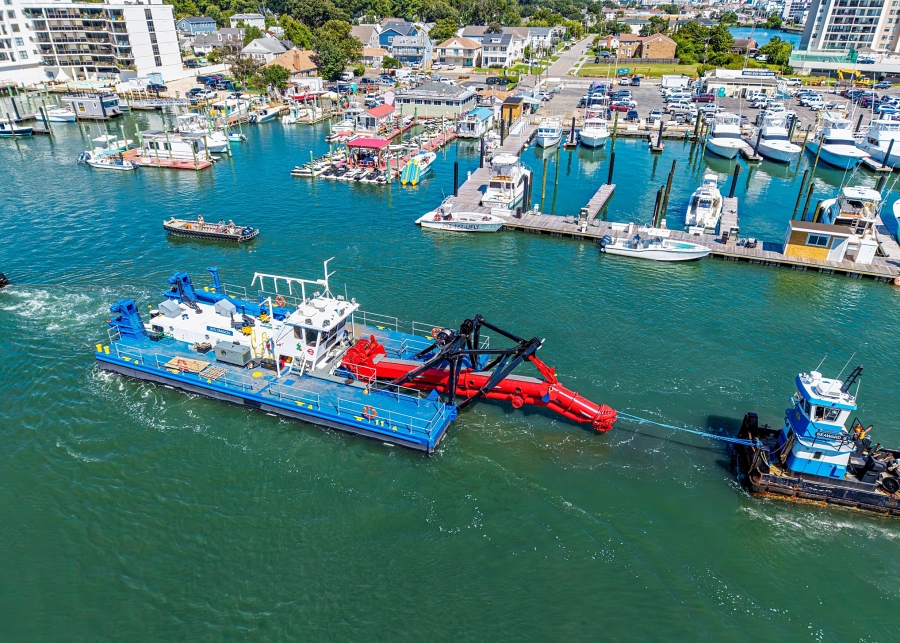

River and channel dredging is a critical first step for many modern infrastructure and piling projects. As construction expands into challenging waterfront and riverine environments, the condition of the waterway becomes just as important as the structural design itself. Proper dredging creates the safe, predictable and accessible conditions needed for piling contractors to perform work efficiently and for infrastructure to stand on stable ground.
The Role Of River And Channel Dredging
Preparing Waterways For Construction Activity
Dredging involves the removal of accumulated sediment, debris or obstructive material from riverbeds, channels and other inland or coastal waterways. This work restores design depth and width, improves navigability and creates a stable working environment for marine construction crews. In many cases, dredging is required before waterfront expansions, bridge foundations, port improvements or marine piling can begin.
Capital dredging modifies a channel to meet new construction requirements, while maintenance dredging preserves depth over time. Both forms support infrastructure by keeping access routes open and ensuring that the waterway behaves consistently during construction. These cleared pathways enable barges, cranes and other heavy equipment to move safely through tight or shallow areas.
Supporting Structural Objectives
A dredged channel allows construction teams to understand the underwater surface profile more clearly. Removing loose sediment reveals the condition of the substrate where piles will be placed or driven. With a better understanding of depth, soil consistency and obstructions, engineers can match pile type and installation method to the actual conditions. This level of certainty is important for long term performance because a pile installed in unstable or shifting material may lose capacity over time or cause uneven settlement.
In many river systems, sediment builds up quickly. Without dredging, this accumulation can reduce water flow, raise the riverbed and create shallow pockets that complicate construction activity. Clearing the material helps restore predictable hydraulic conditions which reduces risk during marine works and improves access for the duration of a project.
How Dredging Supports Piling Projects
Creating A Workable Foundation Zone
Piling equipment requires unobstructed access to the precise locations where piles will be installed. Riverbed obstructions, old infrastructure, lodged debris or unpredictable sediment pockets can cause delays or interfere with installation. Dredging clears these obstacles and exposes a uniform surface so pile placement can follow engineering plans without unexpected deviations. It also lowers the possibility of driving piles into hidden objects that may damage equipment or compromise structural alignment.
Once dredging is complete, piling crews can position their barges and rigs with confidence. This is particularly important for projects such as bridge piers, retaining walls, bulkheads, dock structures or riverside foundations that require precise placement and consistent load bearing conditions.
Ensuring Access For Heavy Equipment
Large construction barges, pile driving platforms and material supply vessels need sufficient depth to maneuver. Sedimentation often creates shallow areas that restrict access, especially on inland rivers and channels with seasonal variations in flow. Dredging restores the necessary depth for safe movement and staging of equipment.
Reliable transport routes mean material deliveries can occur without interruption. It also reduces the cost of mobilizing equipment because contractors avoid alternate routing or additional temporary structures. A fully dredged channel can reduce the risk of grounding incidents and improve the efficiency of construction sequencing.
Enhancing Long Term Stability
The stability of piles and marine foundations depends heavily on the surrounding environment. If sediment movement continues unchecked after installation, water flow may shift around piles and create scouring effects that weaken the surrounding soil. Performing dredging before and during construction reduces these risks because engineers can manage channel depth and riverbed conditions as work progresses.
Sediment removed during dredging may also be reused in beneficial ways for restoration or stabilization projects. This supports both environmental and engineering objectives while reducing disposal challenges.
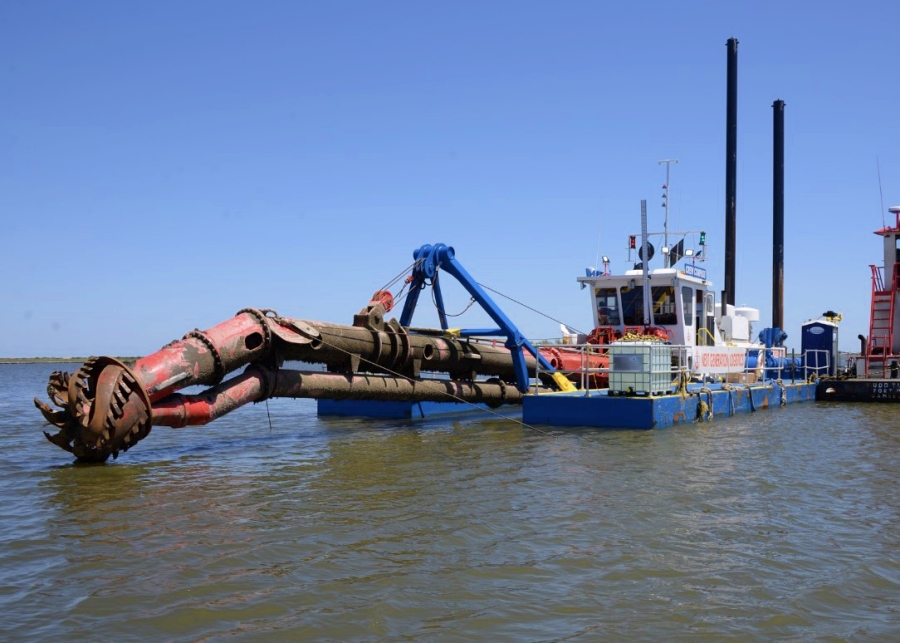
Environmental And Regulatory Considerations
Navigating Environmental Requirements
Dredging in rivers and channels requires compliance with environmental rules that govern sediment disturbance, disposal practices and protection of aquatic habitats. Water quality testing, sediment sampling and impact assessments are typically part of the approval process. These steps help determine how dredged material should be handled and where it can be placed.
Some projects integrate dredging into broader ecological efforts such as habitat restoration or shoreline reinforcement. When combined with infrastructure and piling plans, these environmental measures contribute to long term waterway stability.
Coordinating With Regulatory Agencies
Piling installations in rivers and channels are often regulated by agencies that oversee marine construction, navigation and environmental protection. Dredging must be aligned with these permits to ensure that channel alterations do not create negative downstream effects. Coordinating dredging activities with piling operations helps maintain compliance, minimizes delays and ensures that construction milestones proceed according to schedule.
Contractors typically evaluate dredging requirements early in the planning stage to reduce risk and prepare accurate timelines. Because dredging is a prerequisite for many piling projects, integrating both scopes simplifies logistics and prevents rework.
Case Study Approach And Project Scenarios
Inland River Projects
Many inland river projects involve rehabilitating existing bridges, restoring foundations or preparing new utility crossings. Over time, sediment accumulates under and around old structures. Dredging these areas exposes the true substrate and clears access for pile replacement or new installations. Once sediment and debris are removed, engineers can verify design elevations and soil conditions. This allows for accurate pile selection and installation.
Inland channels used for barge transport also benefit. Removing sediment restores navigable depth and allows construction teams to mobilize larger equipment that would otherwise be restricted by shallow areas.
Port And Coastal Construction
Ports, marinas and coastal infrastructure rely on consistent water depth to support vessels. When new pilings or waterfront structures are planned, dredging creates the depth required for both construction equipment and operational vessels. In major port upgrades, dredging can involve millions of cubic yards of material to expand terminals or improve berthing areas.
By maintaining channel geometry, dredging supports dock stability, enables safe vessel movement and protects the performance of piles that carry heavy dynamic and static loads.

Integrating Dredging Practices With Piling Work
Choosing Appropriate Dredging Platforms
Dredging equipment is selected based on sediment type, channel width, environmental limits and project goals. Cutter suction dredgers, for instance, are widely used where compacted material must be removed with precision. Trailing suction hopper dredgers are common in deeper or wider waterways where continuous removal is required. Contractors often evaluate multiple options before selecting the most efficient method.
Modern systems allow high accuracy in sediment removal. Many contractors rely on advanced dredging solutions to maintain quality control and remove material consistently across varied site conditions.
Coordinating Schedules With Piling Crews
Timing is essential. Dredging too early risks new sediment accumulation. Dredging too late delays piling work. Integrated scheduling between dredging and piling teams ensures that channel conditions remain within project specifications throughout installation.
Communication between marine engineers, equipment operators and environmental teams helps maintain safety and supports efficient resource allocation.
Monitoring After Dredging
Following construction, many projects conduct routine monitoring to verify that channel depth remains stable and to check that no new sediment buildup threatens access. Some locations require periodic maintenance dredging to preserve navigability and foundation security. This type of long term planning protects infrastructure and helps maintain compliance.
River and channel dredging is a foundational step for successful infrastructure and piling projects. It prepares waterways for construction activity, ensures safe access for heavy equipment and supports the long term stability of piles and foundations. When executed with careful planning and environmental awareness, dredging enables efficient and predictable construction outcomes in environments that depend heavily on underwater conditions.
For projects that require precise sediment removal or debris clearance, contractors often turn to reliable cutter suction dredgers to support safe and effective operations. Through a combination of proper dredging, coordinated scheduling and ongoing monitoring, river and channel infrastructure can meet both engineering requirements and environmental expectations.


